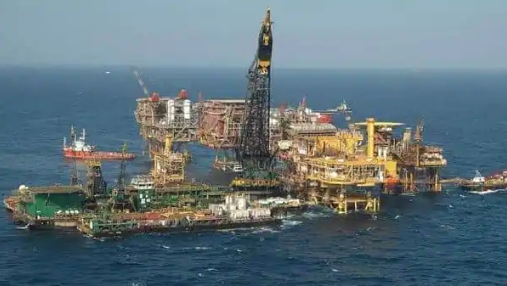

fetching latest news
News tagged in:

India’s oil and gas import dependence during April-January accounted for meeting 77.1% of the domestic needs.India is particularly vulnerable, as any increase in global prices can affect its import bill, stoke inflation and increase its trade deficit. India spent $101.4 billion on crude oil imports in 2019-20 and $111.9 billion in 2018-19.

New Delhi: India’s state refiners are considering purchasing fewer barrels from Saudi Arabia in May after the OPEC ignored New Delhi’s call for higher supplies to calm international crude oil prices.Weaker demand due to increasing Covid-19 cases or regular maintenance shutdowns may also contribute to lower purchase from Saudi Arabia in May, they said.
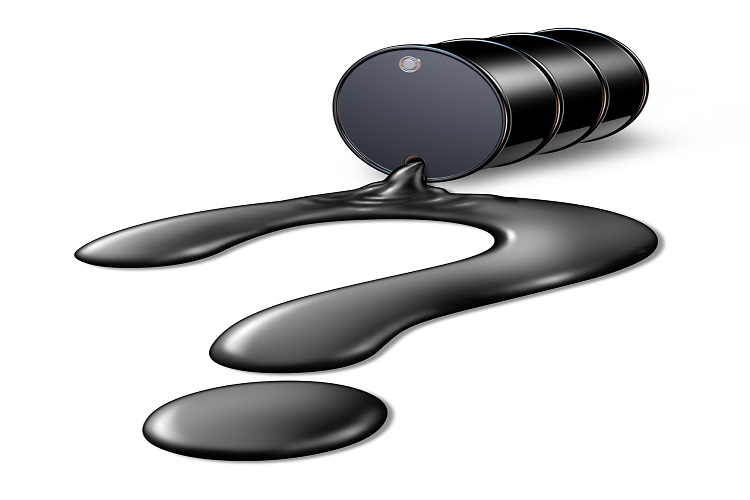
According to the recent data, the dependency of India for crude oil imports has increased from Iraq, Saudi Arabia, Nigeria, and the United States. It has come at the time when two of its major oil suppliers Iran and Venezuela are facing sanctions from the US. Crude imports from Iraq have increased by 3% and 5.61% jump has been experienced from Saudi Arabia.

India has registered a record jump of 6.2% in Ethanol-blending in petrol, staying in line with the Government’s strategy to achieve 10% blending percentage of ethanol in petrol by 2022. The Modi government sanctioned Rs 1969 crore to fund 2G ethanol projects over the next six years. The measures seem to have lifted the purchase of the biofuel over the years.
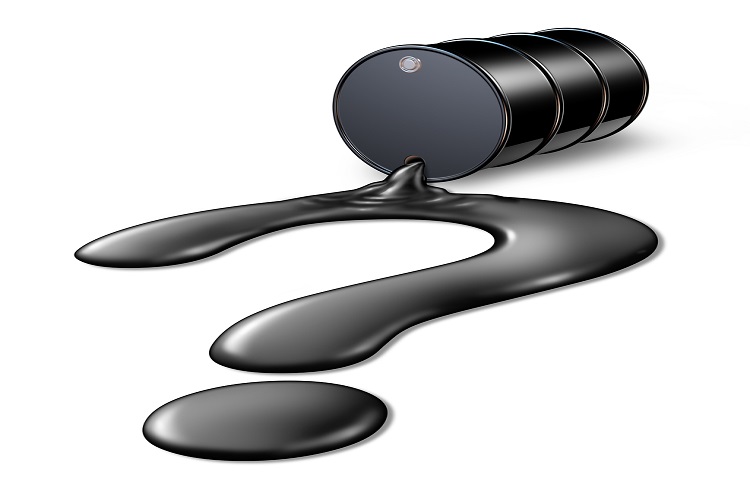
Ongoing trade war with the US has forced Asia's refiners to look for alternatives. China has bought 1.71 MMbpd from West Africa for October, which is the highest since August 2011. Also, the nation has decided to increase its crude imports from West Africa. Further, the overall crude import of Asia from West Africa will climb to 2.44 MMbpd in October, which is the highest in seven year.

Chinese administration has slapped retaliatory tariffs on an additional USD 16 billion worth of US import goods. The new list of affected items includes oil products, LPG, coal but the most expected crude oil was left off from the list. The 25% tariff will come into force from August 23rd. The move has come on the background of US tariff enforcement on Chinese goods from the same day in August.

The open trade war between US and China today began with both the parties levying import tariffs on each other’s goods. While US imposed a 25% tariff rate, Xinhua reported that Beijing levied the same rate on US goods. The new US tariffs will be applicable to $34b of annual Chinese imports. Beijing imposed the tariffs immediately after US import tariffs kicked in.

A series of US import tariffs on Chinese goods kicked in today, and come with it a dip in the oil prices. Crude Oil WTI Futures were traded at $72.81 a barrel, down by 0.2%. Brent Oil Futures, on the other hand, were rated at $77.15 per barrel, down by 0.31%. The US President, yesterday, confirmed about tariff imposition on $34b of annual Chinese imports, with another $16 billion kicking in coming weeks.
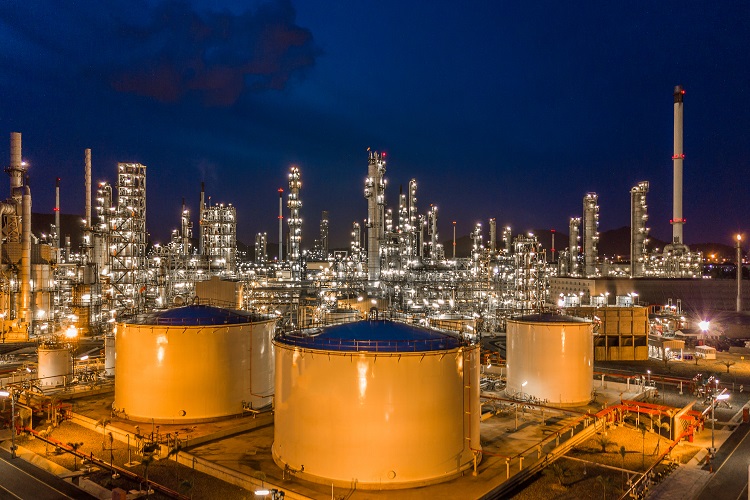
If sources were to be believed, 26 national companies received a total of 11.91 million tonnes in the second batch of crude oil import quotas from China. Total crude quota has now climbed up to 153.23 million tonnes for this year, as a result of quick approvals from Chinese Government. According to sources, Baota Petrochemical Group, ChemChina and Sinochem International were the companies with the largest share of import quotas.

Despite the threat of US sanctions, Indian oil imports are experiencing a major surge, about 705,000 bpd spike in May. Iran remained the third largest supplier of oil in India last month. The Indian Oil Minister says that the nation wants to pursue a ‘wait and watch’ policy till there is some clarity on the consequences of US sanctions. Iran's petroleum industry will reflect the effects of sanctions by November 2018.

Nayara Energy, the rebranded Indian Essar Oil, has begun limiting its intake from Iran after the nuclear deal took place between the United States and Tehran. Nayara is one of India’s biggest buyers of Iranian oil but will now limit its intake of Iranian oil to about 3-4 million barrels in a month. Nayara would thus enhance the supply and trading network of its major stakeholders, Rosneft and Trafigura to replace Iranian oil.

Indian foreign ministry has made it clear that India will ignore US sanctions on Iran, citing that the nation complies only with UN-mandated sanctions and not the country-specific ones. India buys most of the oil from Iran and Venezuela, both of which are facing sanctions from the US. India has been a leader of the "non-aligned" movement whereby, the country maintains economic relationships that raise eyebrows in western capitals.

CNPC subsidiary, Petrochina, is increasing its natural gas supplies to meet customer demand. This increment is being carried out in both domestic fields as well as in imports. Reportedly, Chinese oil and gas producer has raised gas supplies by 14 percent from April 2017. PetroChina lifted production in the beginning of this year at major domestic fields by more than 2 percent to around 30.5 billion cubic metres.
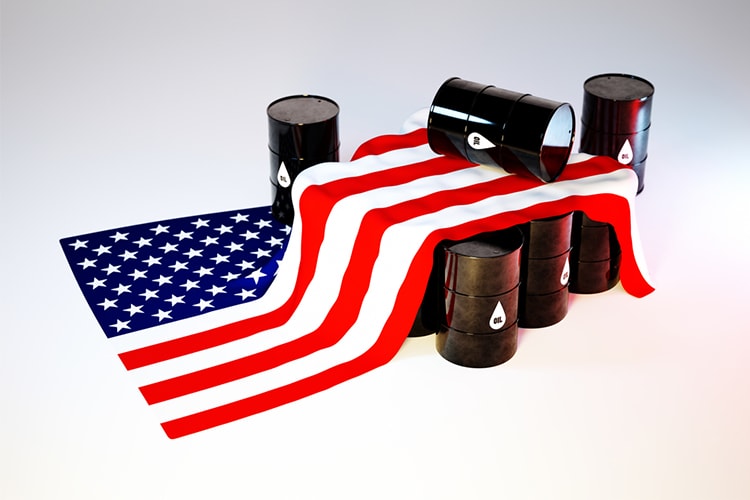
As domestic crude production gushes to record altitudes, US agency EIA looks down at imports of crude and petroleum products dropping to as low as 1.5 MMbpd towards 2019. The agency also raised its U.S. production outlook for both, this year and the next. The Whitehouse also restated that crude production will anyway exceed 11 MMbpd in the month of October.
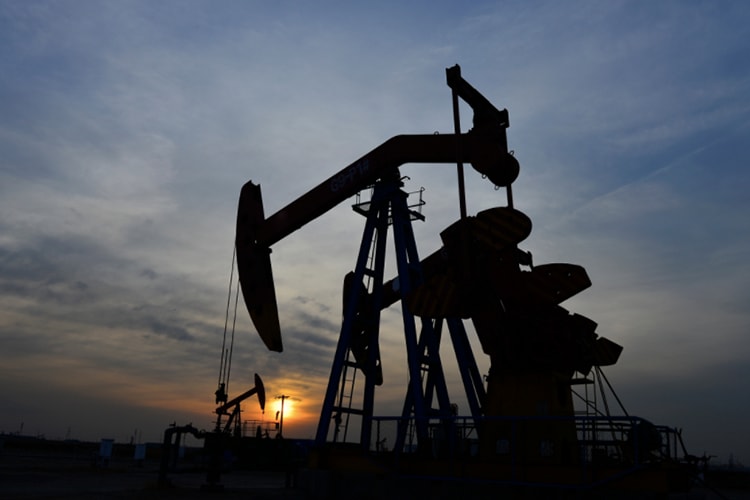
India’s oil imports won’t be affected by US withdrawing from the landmark 2015 accord and reinstating financial sanctions on Iran as India pays its oil suppliers in Euros using European banking channels & unless these are blocked, imports will continue. “Immediately there will be no impact but we have to wait and watch how other nations particularly the European blocks, react,” said A K Sharma, Director (Finance) at IOCL.

Energy issues are best kept out of political influence. The Skripal poisoning case has driven a tremendous political wedge between the United Kingdom and Russia. Russia supplies 7 percent of UK crude oil imports and 13 percent of its products intake and in such a situation, the threat to ban Russian gas imports altogether is a short-sighted step.
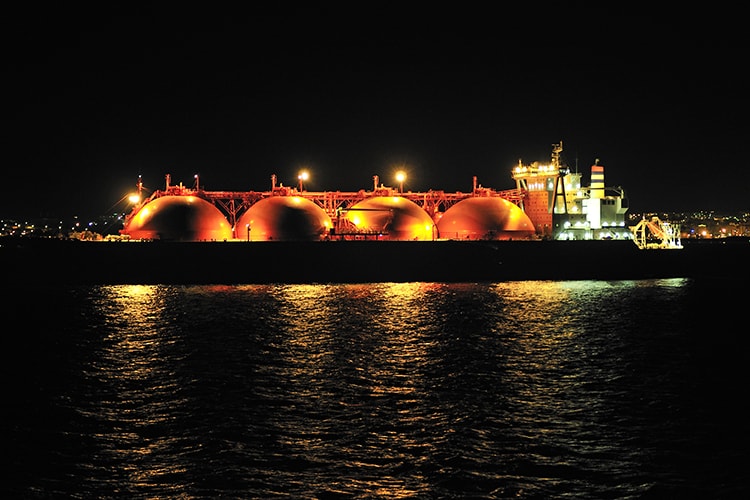
China has announced that it will take steps against the measures introduced by the US President. China’s Ministry of Commerce said that it would levy 25% tariffs on imports of 106 U.S. products including automobiles and aircraft. There are emerging concerns regarding the declining economic growth and fuel demand. This decision has eliminated the previous support for prices and OPEC’s output plunged to the lowest in a year in March.

India relies more than 80% on oil imports to meet its requirements. In this fiscal year, the country’s oil import bill is likely to jump by a quarter to USD 87.7 billion, according to the latest data collected from the oil ministry’s Petroleum Planning and Analysis Cell (PPAC). The data suggested that the surge in the international oil prices is also responsible for the spike in the import bill.